当前位置:网站首页>LeetCode41——First Missing Positive——hashing in place & swap
LeetCode41——First Missing Positive——hashing in place & swap
2022-07-06 09:02:00 【Zheyuan Zou】
This problem lets us find the missing first element in an array , That is to say The smallest positive number , The questions are as follows :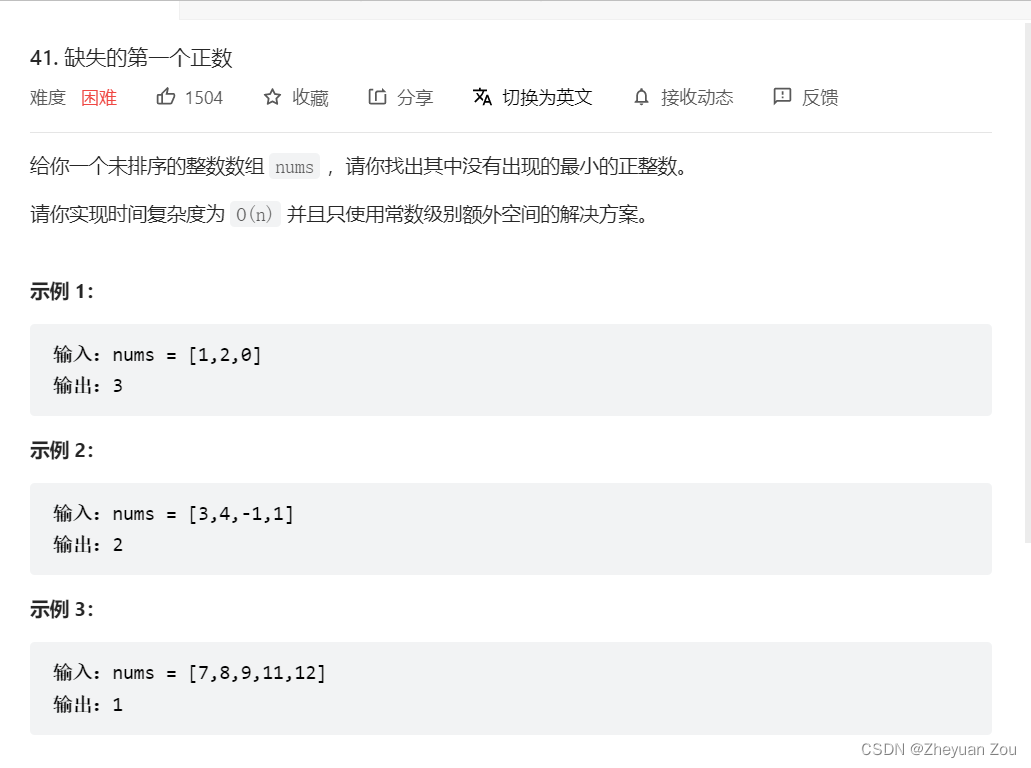
In fact, it is not difficult to realize this function , The difficulty lies in the problem of the algorithm Time and space complexity make constraints at the same time , That is, the complexity of time is O ( n ) O(n) O(n), At the same time, the spatial complexity is O ( 1 ) O(1) O(1).
Before finishing this problem , One very important observation is :
For length is N Array of nums, The minimum missing positive number will only be in the interval [ 1 , N + 1 ] [1, N + 1] [1,N+1] Inside , in other words , The length is N The array of will only occupy [ 1 , N ] [1,N] [1,N] this N A positive integer , So that the first missing positive integer is N+1. Other special cases include the presence of greater than in the array N The positive integer , Or non positive integer (<=0 Number of numbers ), Will make the smallest missing positive integer fall in [ 1 , N ] [1,N] [1,N] In this range , This conclusion is the premise to complete this problem .
Time complexity and space complexity are both O ( n ) O(n) O(n) The algorithm of can be Apply for a length of n Array of Flag Express [ 1 , N ] [1,N] [1,N], For convenience, I take one more element here , Then mark one by one in nums The elements that appear in , Then look at the first positive number that doesn't appear . The code is as follows :
int firstMissingPositive(vector<int>& nums) {
/*O(n)-O(n) algorithm*/
/*apply for a flag array to record existing element*/
bool* Flag = new bool [nums.size() + 1];
for(int i = 0 ; i <= nums.size() ; ++i)
Flag[i] = false;
/*set flag[nums[i]] as true when nums[i]∈[1, N]*/
size_t Size = nums.size();
int Result = Size + 1;
for(int i = 0 ; i < nums.size() ; ++i)
if(nums[i] > 0 && nums[i] <= Size)
Flag[nums[i]] = true;
/*search for the first missing positive number*/
for(int i = 1 ; i <= nums.size() ; ++i)
if(!Flag[i])
{
Result = i;
break;
}
delete [] Flag;
return Result;
}
This simple way increases the spatial complexity , Reduced time complexity , Just traverse 2 The number group is ok . However, it still fails to meet the requirements of the topic while taking into account the time complexity and space complexity , Here you are The two methods To achieve this goal ( Learned from the official explanation , cry :(:
One 、 In place hash (hashing in place)
This way is mainly in the original nums Array [ 1 , N ] [1,N] [1,N] The tag , This algorithm is divided into the following steps :
- Traverse nums for the first time , Will the Less than or equal to 0 All elements of are modified to N+1,N It's array length . This is because Later, you need to subtract... From the elements in the array 1 Mark as a subscript nums The elements in . Negative numbers and 0 subtract 1 Then the index value will become negative . Modified into N+1 Then it will eliminate this problem , and N+1-1 = N, It will not be marked nums Any element in (nums The maximum available index is N-1).
- Traverse nums The second time , take nums Array Between the range [ 1 , N ] [1,N] [1,N] Subtract 1 As a subscript , Set the element corresponding to the subscript to a negative number to indicate that this element exists .
- Traverse nums third time , Look at the first positive integer that appears in nums Which one of them , Let's say the number one in the array is i Bits are positive , that Indicates the positive number corresponding to this index i+1 Never had . Assume negative numbers , So the first positive number that doesn't appear is N+1.
The following is the source code of the implementation :
int firstMissingPositive(vector<int>& nums) {
int Size = nums.size();
/*Iteration 1*/
for(int i = 0 ; i < Size ; ++i)
if(nums[i] <= 0)
nums[i] = Size + 1;
/*Iteration 2*/
for(int i = 0 ; i < Size ; ++i)
{
int num = abs(nums[i]); // num must be larger than 0
if(num <= Size) // make sure the num is less than N
nums[num - 1] = -abs(nums[num - 1]); // make sure the value is negative
}
/*Iteration 3*/
for(int i = 0 ; i < Size ; ++i)
if(nums[i] > 0)
return i + 1;
return Size + 1;
}
Two 、 Local exchange (swap)
This algorithm is simpler than local hash , Its core idea is to put every element into it “ belong ” The location of . say concretely , One is worth x ∈ [ 1 , N ] x \in [1,N] x∈[1,N] The elements of , It should be indexed x-1 The location of , We just need Swap it with the element where it should be that will do .
But note that this exchange is not It was done in one stroke , The newly replaced element also needs to be arranged in the position it should be , So this is a The logic of the cycle . Finally, there is a special case that needs to be discussed , That's it If the two elements exchanged are the same , You're going to fall into a dead circle ( The two elements are constantly changing ), Therefore, the discussion and avoidance of this situation should be added to the conditions of circulation .
One last check nums Array , The first element that appears where it should not appear Is the smallest positive number missing .
The overall code is as follows :
int firstMissingPositive(vector<int>& nums) {
int Size = nums.size();
for(int i = 0 ; i < Size ; ++i)
{
/*2 conditions:*/
/*1.nums[i] ∈ [1,N]*/
/*2.avoid infinite loop*/
while(nums[i] > 0 && nums[i] <= Size && nums[i] != nums[nums[i] - 1])
swap(nums[i], nums[nums[i] - 1]);
}
for(int i = 0 ; i < Size ; ++i)
if(nums[i] != i + 1)
return i + 1;
return Size + 1;
}
边栏推荐
- 不同的数据驱动代码执行相同的测试场景
- [MySQL] multi table query
- Revit secondary development Hof method calls transaction
- LeetCode:劍指 Offer 42. 連續子數組的最大和
- LeetCode:41. Missing first positive number
- What are the common processes of software stress testing? Professional software test reports issued by companies to share
- BMINF的後訓練量化實現
- SAP ui5 date type sap ui. model. type. Analysis of the parsing format of date
- Ijcai2022 collection of papers (continuously updated)
- 注意力机制的一种卷积替代方式
猜你喜欢
![[oc foundation framework] - < copy object copy >](/img/62/c04eb2736c2184d8826271781ac7e3.png)
[oc foundation framework] - < copy object copy >

Mise en œuvre de la quantification post - formation du bminf
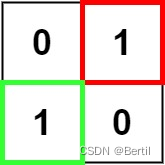
LeetCode:221. 最大正方形
![[OC-Foundation框架]---【集合数组】](/img/b5/5e49ab9d026c60816f90f0c47b2ad8.png)
[OC-Foundation框架]---【集合数组】

I-BERT

opencv+dlib实现给蒙娜丽莎“配”眼镜
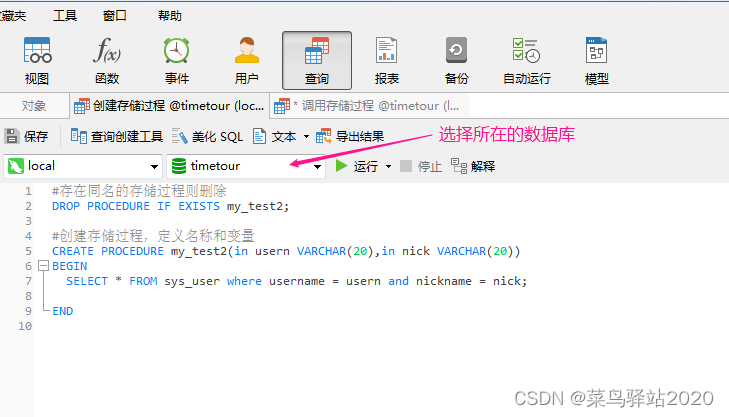
Navicat Premium 创建MySql 创建存储过程
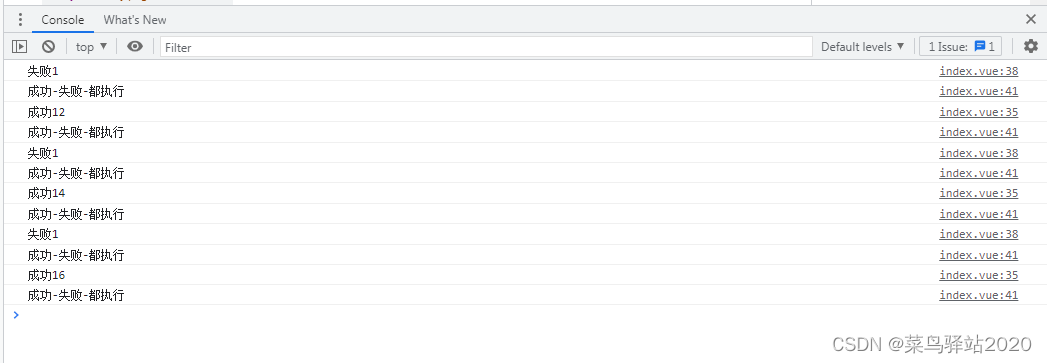
Simple use of promise in uniapp
![[OC foundation framework] - [set array]](/img/b5/5e49ab9d026c60816f90f0c47b2ad8.png)
[OC foundation framework] - [set array]
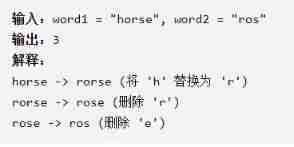
Detailed explanation of dynamic planning
随机推荐
注意力机制的一种卷积替代方式
【嵌入式】使用JLINK RTT打印log
甘肃旅游产品预订增四倍:“绿马”走红,甘肃博物馆周边民宿一房难求
vb. Net changes with the window, scales the size of the control and maintains its relative position
UML圖記憶技巧
I-BERT
Pytest参数化你不知道的一些使用技巧 /你不知道的pytest
LeetCode:26. Remove duplicates from an ordered array
What is the role of automated testing frameworks? Shanghai professional third-party software testing company Amway
LeetCode:387. 字符串中的第一个唯一字符
In depth analysis and encapsulation call of requests
LeetCode:214. Shortest palindrome string
LeetCode:214. 最短回文串
LeetCode:剑指 Offer 04. 二维数组中的查找
LeetCode:26. 删除有序数组中的重复项
Detailed explanation of dynamic planning
[OC-Foundation框架]---【集合数组】
[sword finger offer] serialized binary tree
LeetCode:498. 对角线遍历
TDengine 社区问题双周精选 | 第三期